Interior doors: How to recognise quality and differences
What types of interior doors are available?
The choice of interior doors today is greater than ever. Particularly popular are
- CPL doorsParticularly resistant to scratches, knocks and moisture.
- White doors: Timeless elegance with individual details such as millings or country-style profiles.
- Veneer doors: Each door is unique with elegant surfaces made from real wood veneer.
- Glass doors: Allow plenty of light into rooms and create an airy atmosphere.
JOKA has the right doors for every room and style - from classic to modern.
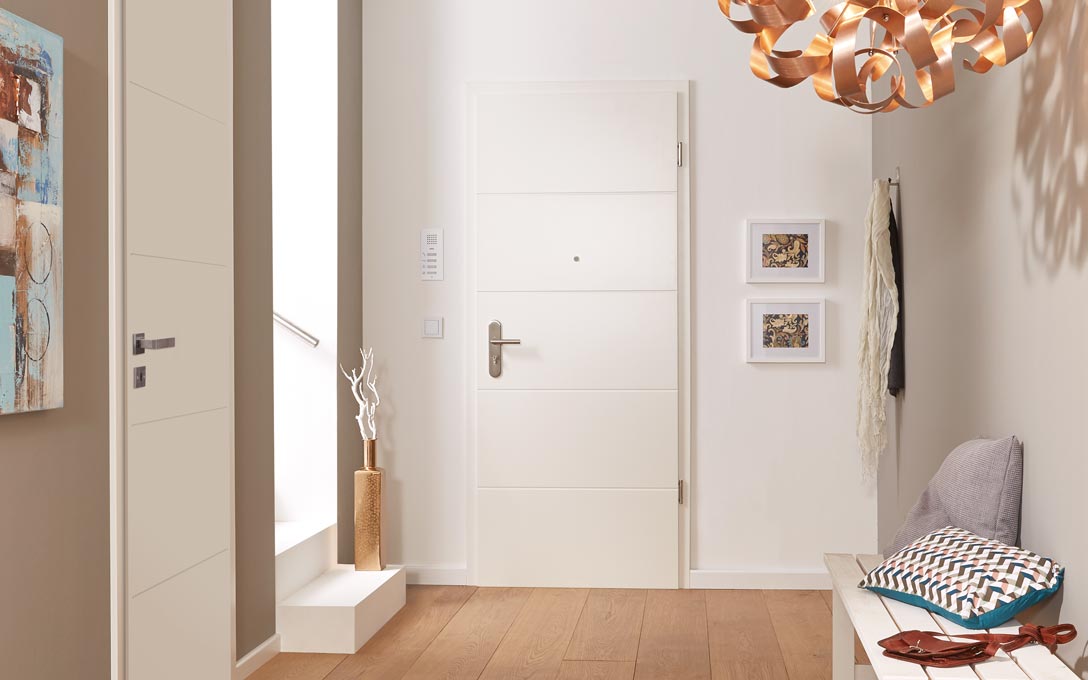
The structure of an interior door: you should know these differences
The internal structure also has a significant influence on the quality of a door. Typical door leaf structures are:
- Honeycomb insert: A lightweight construction made of cardboard in honeycomb form - ideal for doors with low loads.
- Tubular chipboard web: Reinforcements made of tubular chipboard provide more stability.
- Tubular chipboard (RSP): An almost solid but lighter board for high robustness and good sound insulation.
- Full chipboard insert: The heaviest and most stable variant - perfect for high demands on sound insulation and resistance.
The more solid the structure, the better the sound insulation and durability.
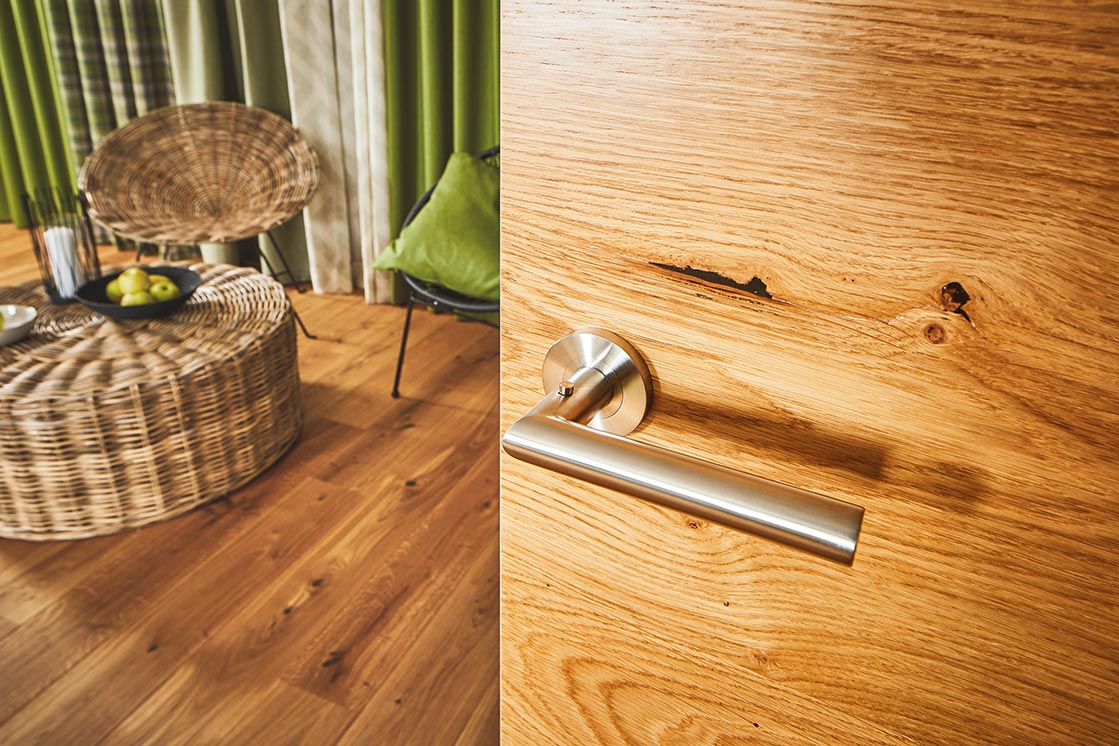
Functional doors: when is sound insulation or damp room suitability worthwhile?
Depending on the use, special functional doors make sense:
- Soundproof doors reduce disturbing noises and ensure more peace and quiet, e.g. in the bedroom or home office.
- Climate-stable doors equalise differences in temperature and humidity, ideal between unheated corridors and warm living rooms, for example.
- Damp-proof doors withstand increased humidity, perfect for bathrooms or cellars.
- Fire and smoke protection doors: Prevent the rapid spread of fire and smoke gases.
JOKA also offers doors with special burglary protection.
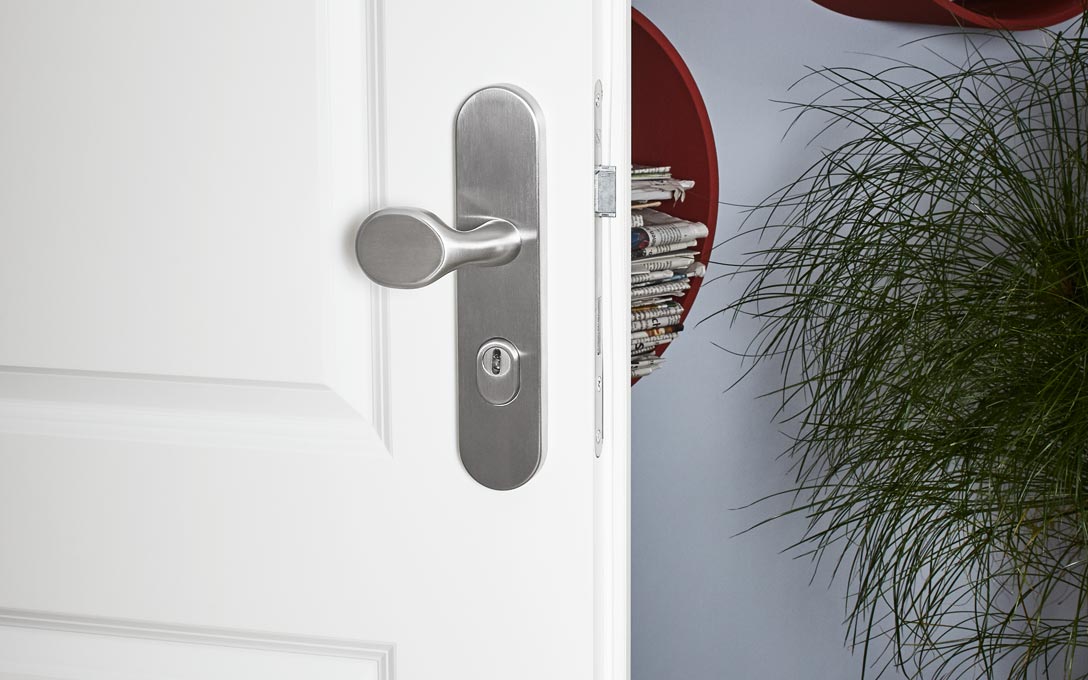
Matching doors for every style of living
Whether classic, modern or individual - JOKA offers a variety of doors in different designs, for example:
- Loft doorsWith black glazing bars and glass elements for a modern look.
- Design doors: With super matt surfaces, sanded and textured lacquers or a variety of wooden surfaces.
If you want to delve even deeper, the JOKA door catalogue offers many more inspirations on materials, technology and design.
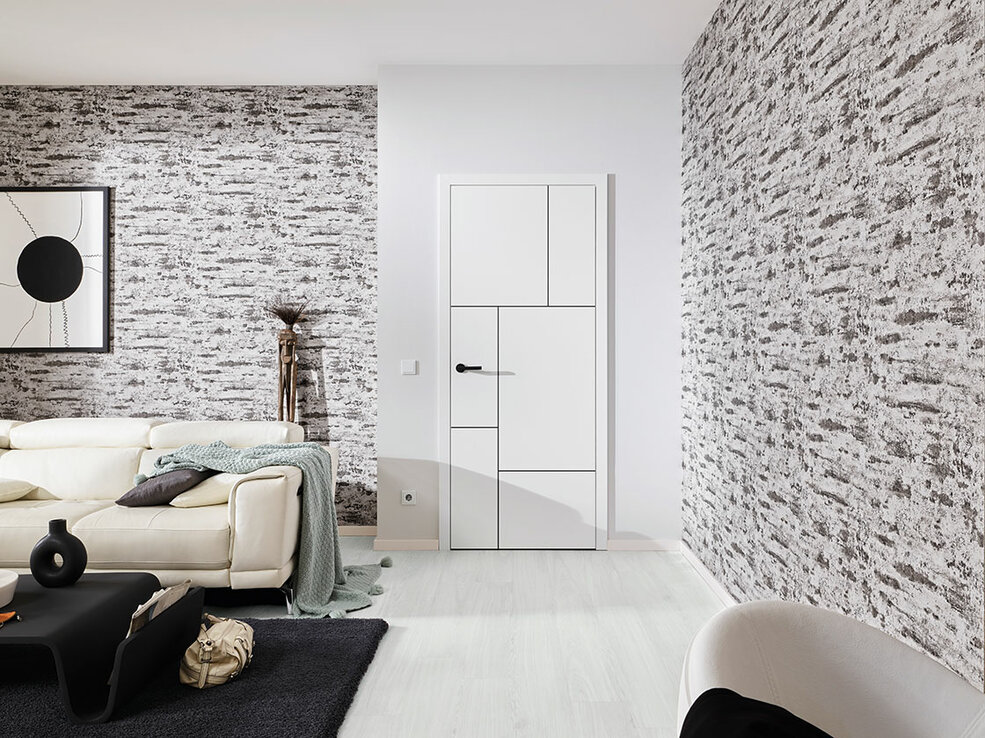
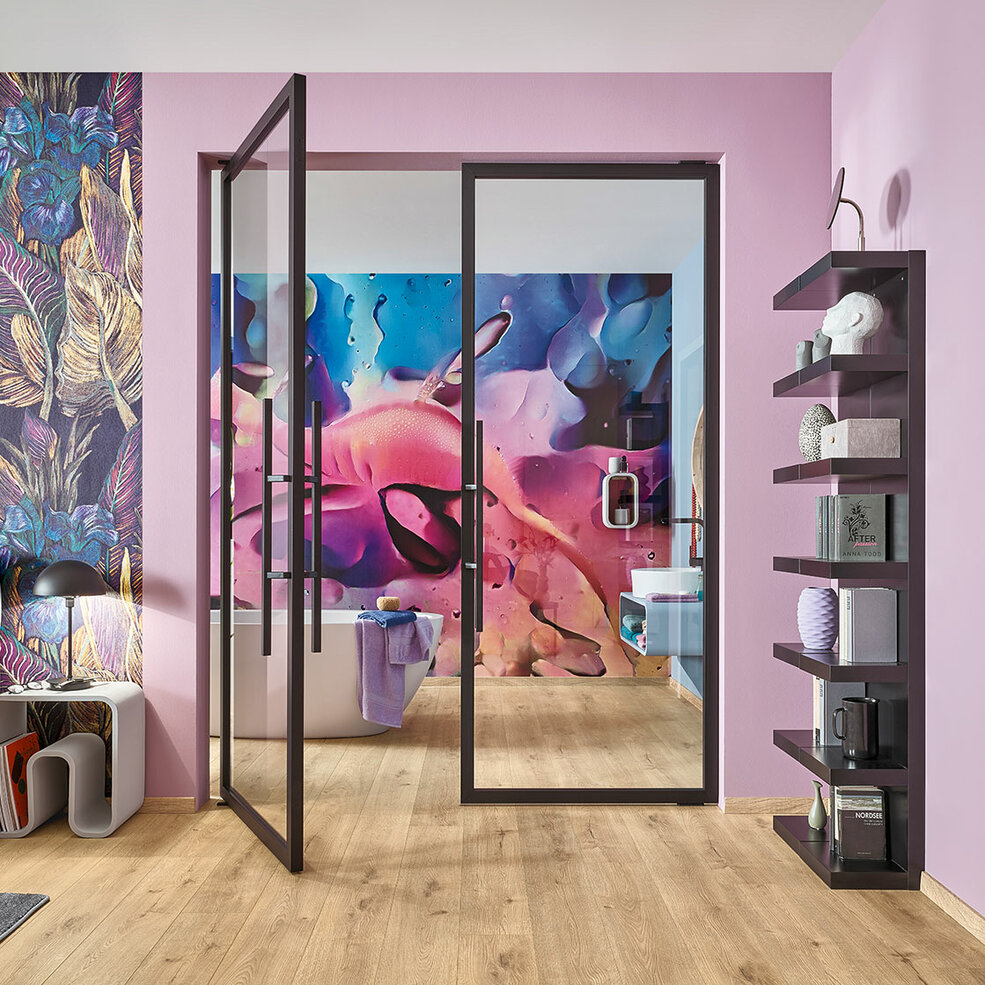
Important quality features for long-lasting doors
When buying a door, it is worth taking a look at details that may not be obvious at first glance:
- Surface hardness: Scratch-resistant, hard-wearing surfaces extend the service life, especially when subjected to heavy use.
- Edge processing: Cleanly finished and closed edges protect the door leaf from moisture and wear.
- Stability: High-quality panels and solid door hinges ensure dimensional stability and a secure hold even after years of use.
Our door expert Roland Kruse presents the most important quality features again in the video!
Frequently asked questions about interior doors - brief answers
How do you measure a door correctly?
The width and height of the wall opening and the wall thickness for the matching frame are important. We recommend having a craftsman measure the exact dimensions and ensure a precise fit. Our professional craftsmen, the JOKA specialist advisors, will be happy to assist you with any project.
Can I install an interior door myself?
Installation is possible with a little manual skill - but for functional doors or special dimensions, professional installation by professionals is recommended.
Our tip: You should pay attention to this when buying doors
Consider in advance what requirements your new door should fulfil: Appearance, function, wear and tear. Compare materials and structures carefully - and ensure high-quality workmanship so that you can enjoy your door for a long time.
